What Is Fly Ash Bricks?
Important Point
Fly ash bricks are a building component in civil engineering; mostly, they are masonry material. Generally, class C and class F-fly ash, sand/stone dust and water is the ingredient of fly ash bricks.
Fly ash bricks are also termed as ‘self-cementing’ bricks. Fly ash bricks are made of the recycled product, so it’s also an eco-friendly product.
Sometimes cement is also added to it as a cementing material. Due to the uniform structure, it.
Advantages & Disadvantages of Fly Ash Bricks
The advantages and disadvantages of fly ash brick are as follows.
Advantages of Fly Ash Bricks
1. Strength of Fly Ash Bricks
As compare to regular fire clay bricks, fly ash bricks have greater compressive strength.
The compressive strength of fly ash brick is near about 9-10N/mm2.
The thickness of those bricks are low, so it reduces cracks in plaster.
It has a good earthquake resisting property.
It increases the strength of the structure.
2. Durability of Fly Ash Bricks
These fly ash bricks are highly durable but less permeable.
Due to lower permeability, it reduces the efflorescence effect on brick.
These bricks prevent dampness on the wall because it is less porous, and that’s why it does not absorb more water.
It’s highly resistive against acid, water, and sulfate.
3. Appearance of Fly Ash Bricks
The key thing about these fly ash bricks is its appearance.
Fly ash bricks are cement-like colour, smooth, even surface, and uniform finish.
Due to the smooth surface, the amount of plaster is reduced to 40% than common plastering.
Plaster of Paris or putty can be applied directly on this.
Those bricks are free from organic matter, pebbles, etc.
4. Thermal Property of Fly Ash Bricks
Fly ash bricks have an excellent thermal property because of the thermal conductivity of fly ash brick is 0.9-1.05 W/mm2, so it absorbs minor heat. For this reason, the building is cool in the summer.
5. Sound Insulation of Fly Ash Bricks
Fly ash bricks have decent sound insulation property than ordinary bricks.
6. Fire Resistance of Fly Ash Bricks
Fly ash bricks are good in fire-resisting than regular fire clay bricks.
7. Sustainability of Fly Ash Bricks
- The main ingredient of fly ash bricks is fly ash, and it comes from the thermal power plant. So, it doesn’t damage the environment again; that’s why it’s an environmentally friendly product.
8. Availability of Fly Ash Bricks
- Those bricks are generally available near the thermal power station areas, but now days, it’s nearly available in all the places.
Also, Read: Top 10 Bathroom Fittings & Sanitary Brands India
Disadvantages of Fly Ash Bricks
There are not so many disadvantages of fly ash bricks, but some are also there. Those are the following-
- All fly ash bricks are not suitable for construction. It’s necessary to use high-quality fly ash bricks to resist harmful effects.
- If the fly ash bricks are not appropriately prepared, then it has no strength and not suitable for construction.
- These bricks are only available in modular size. Larger size bricks are not produced due to cracks.
- Bonding is less due to a smooth finish; that’s why we need to care about when masonry work is running.
- In plastering work, plaster doesn’t make a suitable bond with those bricks due to the smooth surface.
- Fly ash bricks are not suitable in the winter area region.
Also, Read: Difference Between Pier and Abutment | What Is Pier | What Is Abutment
Fly Ash Bricks Cost
Fly ash brick cost is not higher than ordinary fire clay bricks. The price cost of fly ash bricks are depended upon the following materials-
- Cost of raw material
- The proportion of raw material
- Level of automation
- Technology adopted
- Cost of finance
- Economic of scale
So, above those following points, the cost of fly ash bricks are varying from 8-10 rupees per piece where regular fire clay bricks price is near about 11-12 rupees per piece.
Also, Read: What Is a Classified Road | Classification of Roads in India
How to Make Fly Ash Bricks
The process of manufacturing fly ash bricks is mainly done by machine. The steps are following-
- At first, add fly ash at an amount of 57-65%. Fly ash is the fundamental material of this type of bricks.
- Then river sand or stone dust 18-27%. It acts as a filler material for fly ash bricks.
- Hydrated lime 9-12%. This is the binding material of fly ash bricks.
- Gypsum 5%, sometimes cement is also added with this mixture.
- Then those above products are adequately mixed.
- After that process, those bricks need compression. So, they are compressed at 28 MPa.
- Next, it needs a curing process. It cured for 24 hours in a 66°C steam bath.
- Then, the bricks are toughened with an air entrainment agent and last 100 freeze-thaw cycles.
So, this is the whole process of manufacturing fly ash bricks. It does not require great manpower; that’s why the cost of this product is low. The proportion of those materials are also correctly maintained because of the whole process is done by machine.
Compressive Strength of Fly Ash Bricks
- As compared with normal fire clay bricks, fly ash bricks have more compressive strength.
- When the fly ash bricks are constructed, then it got extreme pressure (near about 28 MPa).
- Where the ordinary fire clay bricks have a compressive strength of 3.5 N/mm2, the compressive strength of fly ash bricks is 10-12 N/mm2.
Fly Ash Brick Size
- Fly ash bricks are produced in various sizes, but usually, the available size in the marketplace is 230mm x 110mm x 70mm.
- The weight of that particular size of brick is 6 kg. So, it reduces the dead load of the structure due to its lightweight.
- Due to this type of compact uniform size and high compressive strength, there is no breakage in the transportation system.
Fly Ash Block Size
- Fly ash block is the bigger version of fly ash brick. The same material produces it, and the same process is applied for preparing it.
- The size of fly ash brick is 24in x 8in x 4in
- These blocks are mainly used in the partition wall and the sidewall.
- The cost of fly ash block is approximately 50 rupees per piece in India (but it varies in a different place)
So, we see that the fly ash brick is economical, and it’s decent to use for residential purposes as well as commercial purposes.
Also, Read: Brick Masonry Calculator | Brick Masonry Calculator | Size of Bricks | Calculate Brick Work
Fly Ash Bricks Advantages
- They are light in weight and hence are very suitable for multi-floored buildings.
- Fly ash bricks absorb less heat and considering the Indian climate, it makes it better when compared to clay bricks.
- From the cost front, it requires less mortar during construction.
Fly Ash Bricks Disadvantages
- Depending on the mixture mechanical strength can be low. This can be partially rectified by adding marble waste or mortar between blocks.
- Large size can have more breakages depending on the mix of materials.
- It has high thermal conductivity. Extra insulation is required in colder regions.
Fly Ash Bricks Rate
| Sr.No. | Brick Size | Price |
| 1 | 12 Inch X 4 Inch X 2 Inch | 4 to 8 Rupees Per Pics |
| 2 | 9Inch X 4 Inch X 3 Inch | 3 to 7 Rupees Per Pics |
| 3 | 9 inch X 3 inch X 2 inch | 3 to 7 Rupees Per Pics |
| 4 | 300 mm X 100 mm X 50 mm | 4 to 8 Rupees Per Pics |
| 5 | 230 mm X 100 mm X 75 mm | 3 to 7 Rupees Per Pics |
| 6 | 230 mm X 75 mm X 50 mm | 3 to 7 Rupees Per Pics |
Fly Ash Bricks Manufacturing Process
- The mixing proportion is generally 40-50% Fly Ash, 50-40% Sand 10% lime and 4% water.
- Fly ash reacts with lime in the presence of moisture to form calcium silicate hydrate which is the binder material.
- The raw mix is moulded in the moulding press/machine, pressed under a pressure into bricks.
Fly Ash Brick Size
- It reduces the dead load on structures due to light weight (2.6 kg, dimension: 230 mm X 110 mm X 70 mm).
- Due to high strength, practically no breakage during transport and use.
- Due to the uniform size of bricks mortar required for joints and plaster reduces almost by 50%.
Like this post? Share it with your friends!
Suggested Read –
- Brick Vs Stone
- Gypsum Plasters
- What Is Abutment
- How to Waterproof Bricks
- Top 10 Tiles Companies in India 2020
- What Is Plaster | Requirement of Good Plaster | Types of Plasters
- What Is Beam Bridge | Types of Beam Bridges | Beam Bridge Works | Advantages & Disadvantages of Beam Bridges
- What Is Hydraulic Cement | Hydraulic Cement Uses | How to Apply Hydraulic Cement | Advantages & Disadvantages of Hydraulic Cement
- What Is Rock Cycle | Types of Rocks | Processes in the Rock Cycle | What Are the Steps of the Rock Cycle | Uses of Rocks in the Construction
- What is Waffle Slab| Waffle Slab Details | Advantages & Disadvantages Waffle Slab | Waffle Slab Design | Construction of Waffle Slab
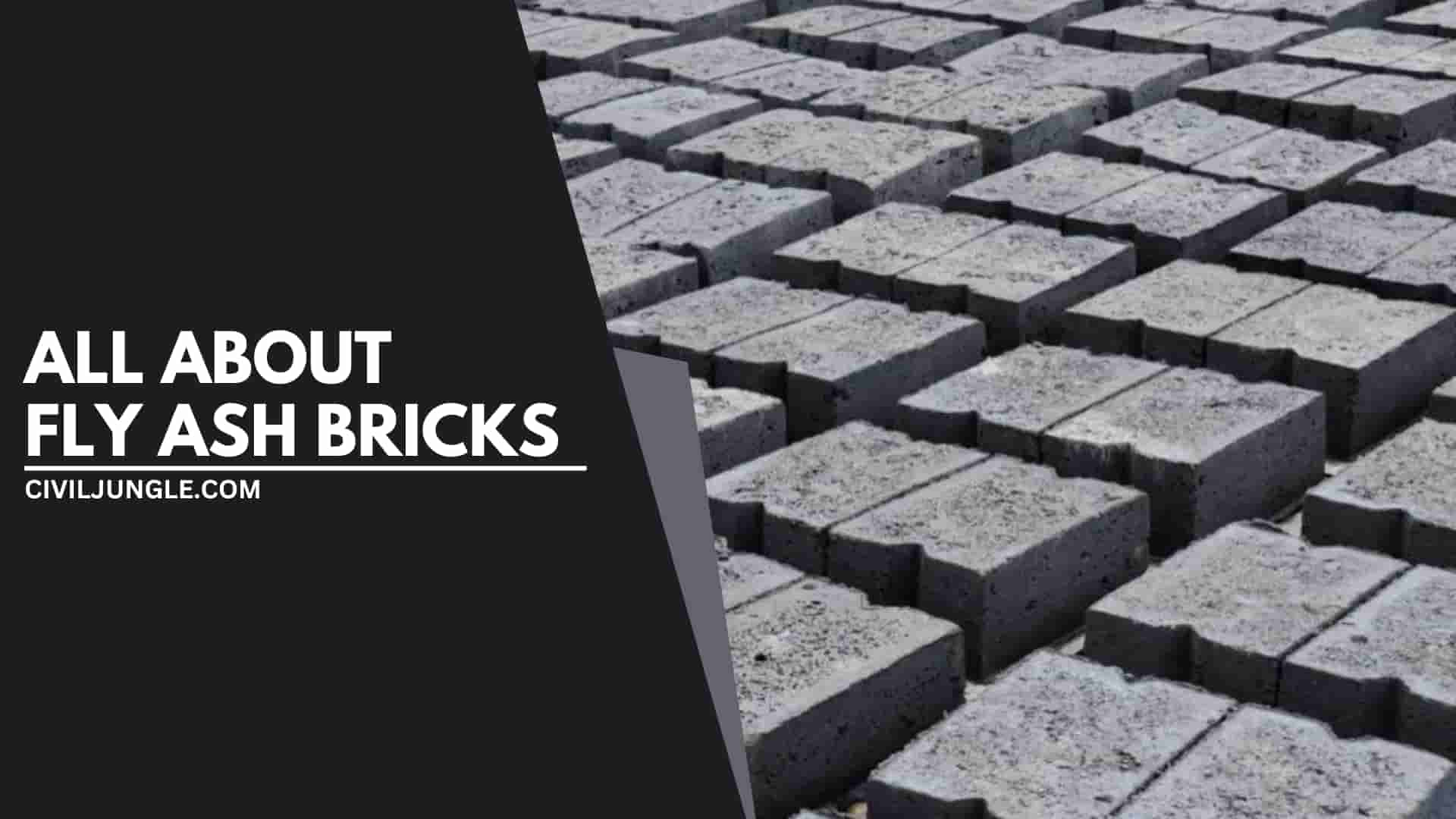

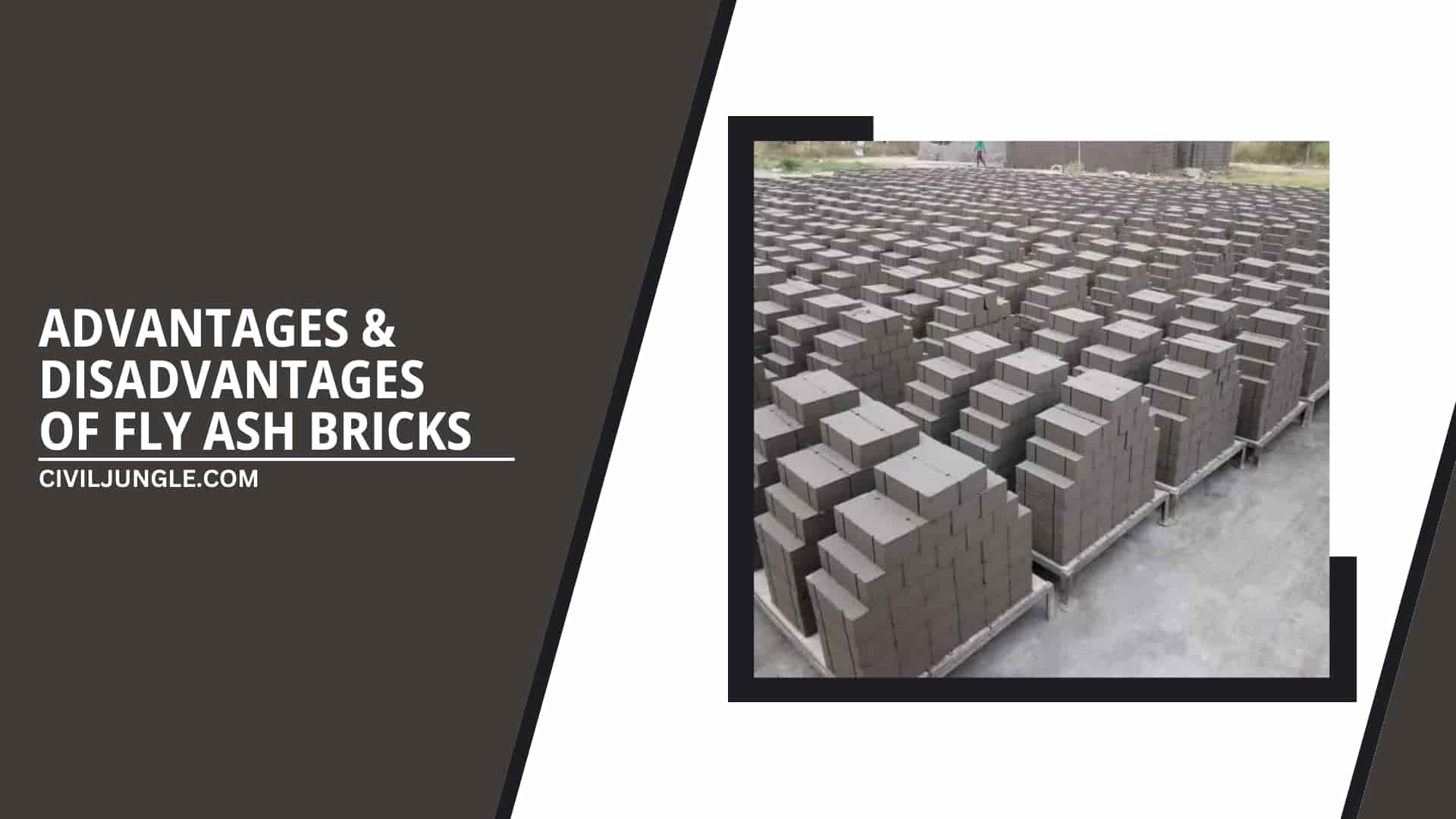
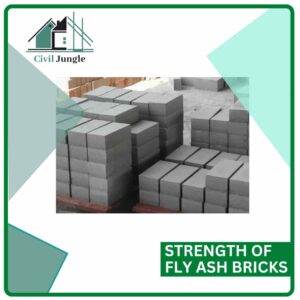
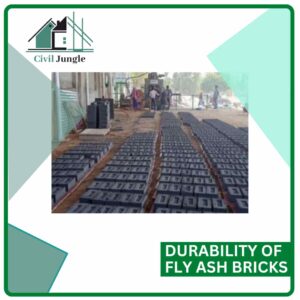

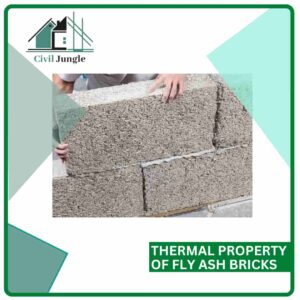
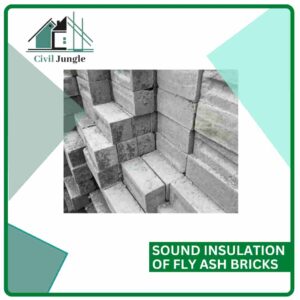
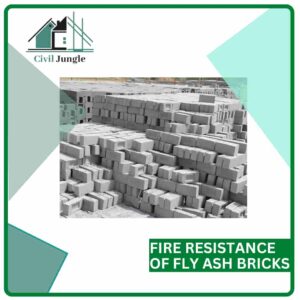

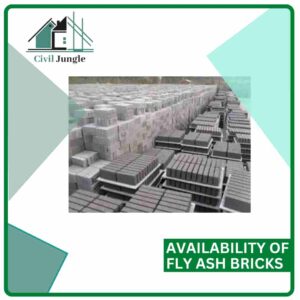
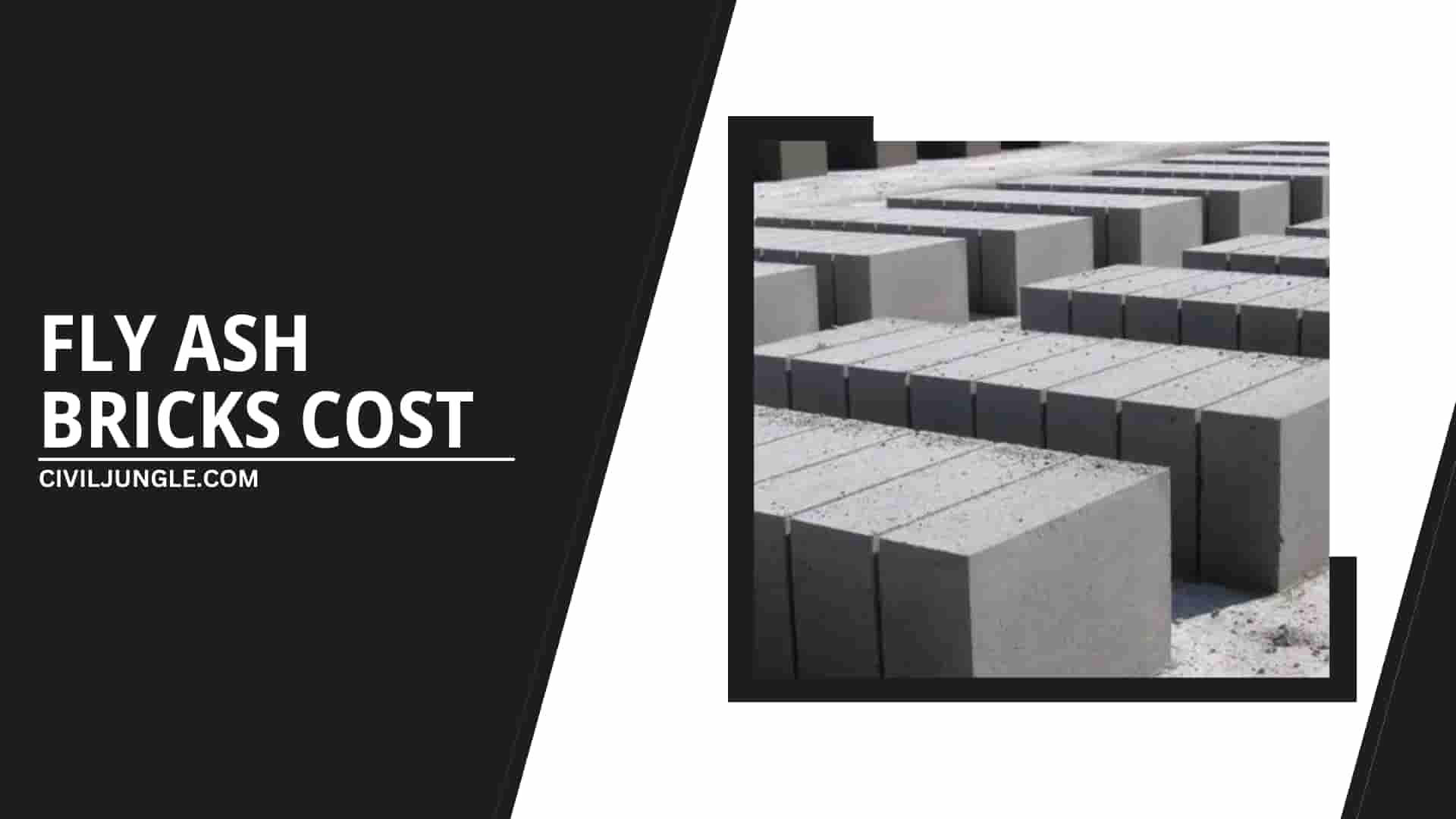
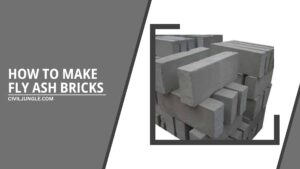

Leave a Reply